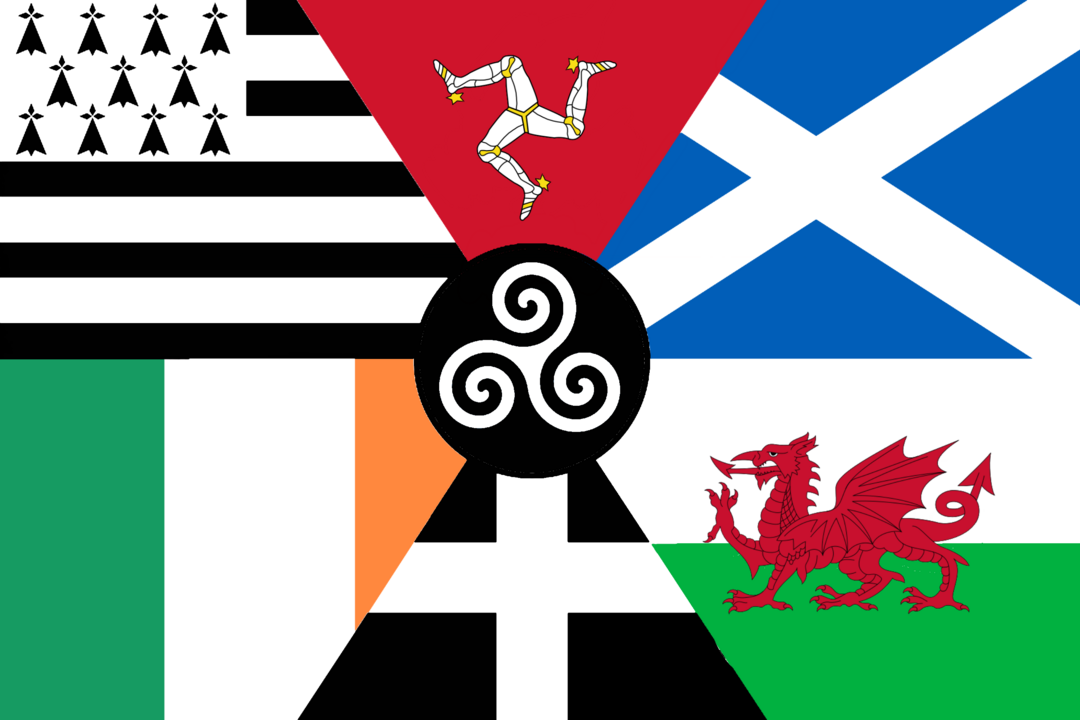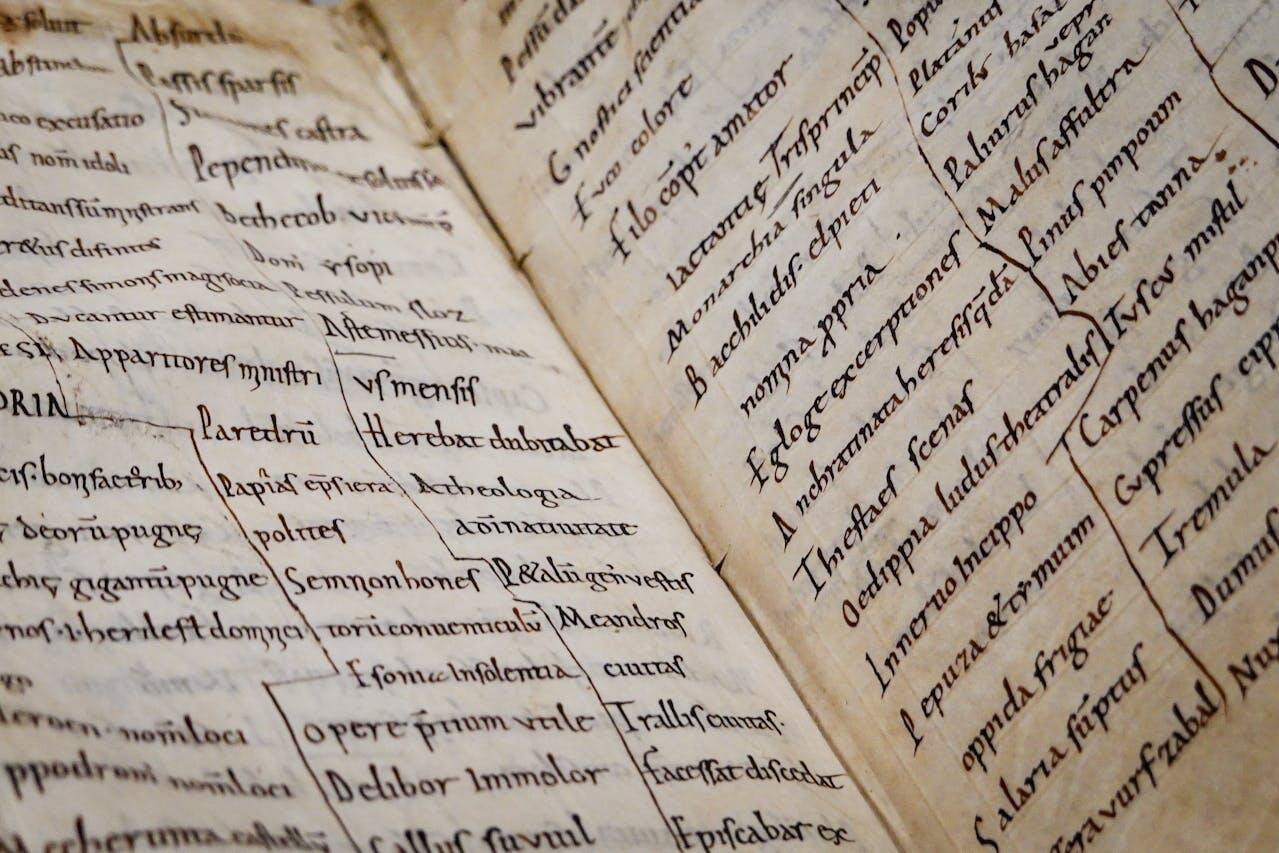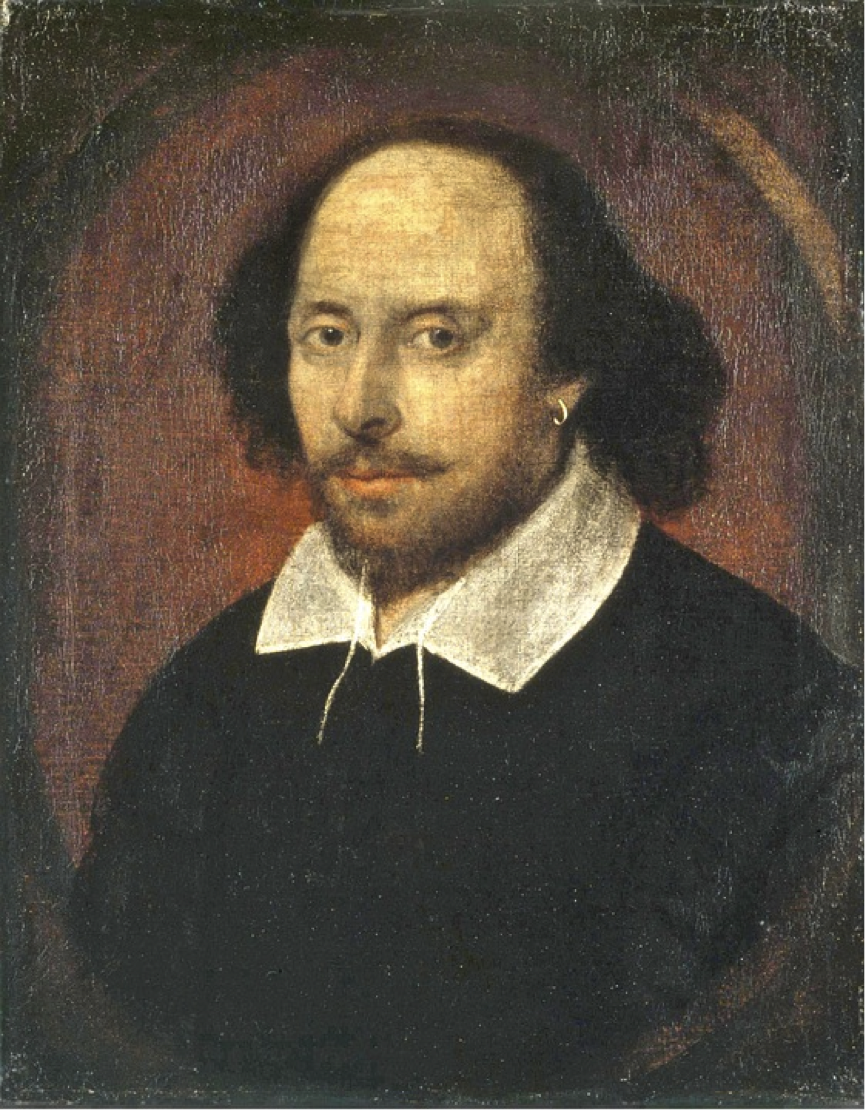English is the most widely taught language worldwide and serves as an official language in over 50 countries. Approximately 1.5 billion people speak English globally, including both native and non-native speakers. While Chinese (Mandarin) has the largest number of native speakers, English comes in a close second when considering the total number of speakers worldwide.
Over time, English has evolved profoundly — shaped by history, culture, and technology through the following main stages. This evolution influences the way we use it today, not just in vocabulary and grammar, but also in the essential skills of reading, speaking, listening, and writing.
c.450 to 1100
Old English
c.1100 to 1500
Middle English
c.1500 to 1700
Early Modern English
1700 to present
Late Modern English

🌿 Origins of English: Is English a Germanic Language?
The answer is yes. If we trace the origins of the English language back to before it became known as Old English, we can identify its roots in the West Germanic language family, where the two other prominent languages are Dutch and German.
So the important question here is not so much about who created the English language, but to study the relationships of different linguistic influences in the past that eventually shaped English into the language that we know today.
The influence of the Germanic language towards English came about due to the migration and invasion of three main Germanic tribes: Angles, Saxons, and Jutes over Great Britain (called Britannia at the time), which was previously populated by the Romans.
👉Angles
- Originated from Angeln (Germany)
- Settled in East Anglia and northern England
👉Saxons
- Originated from modern Lower Saxony (Germany)
- Settled in southern England (Wessex, Essex, Sussex)
👉Jutes
- Originated from the Jutland Peninsula (Denmark)
- Settled in Kent and the Isle of Wight
This historical invasion of the Germanic tribes marked a language shift in Britain. Previously, the island was predominantly Celtic-speaking. The three main Germanic tribes brought in their West Germanic dialects, which would later evolve to be Old English.

Today, the influence of Celtic languages is still evident in these six locations across Northwestern Europe: Brittany, Cornwall, Ireland, Scotland, Wales, and the Isle of Man.
⚔️ History of English Language: Old English
Old English, also known as Anglo-Saxon, is widely recognised as the earliest recorded form of the English language. It was first written in the runic system and then in Latin due to Christianisation during the 7th century.
Did you know that the name England was derived from the Old English name, Engla land, which means land of the Angles? Similarly, English is also derived from the Old English word Englisc.
One thing to note is that due to the different dispersion of Germanic-speaking migrants during this period, Old English was very much focused on four main dialects:
Eventually, the West Saxon became the dominant dialect for official writings and literature. The language was formal: from a phonetic point of view, it was very close to the Old Frisian language, to the point where some linguists spoke Anglo-Frisian. The most famous surviving Old English literature during this period is Beowulf, an epic poem.
The evolution of Old English is closely linked to the history of invasions in Great Britain, particularly during the 8th and 9th centuries, notably the Vikings, who spoke Old Norse. Old Norse influenced the grammar and vocabulary language, and many of their words later became part of modern English vocabulary, as shown in the following examples.
| English | Old Norse |
|---|---|
| Leg | Leggr |
| Egg | Egg |
| Take | Taka |
| Ransack | Rannsaka |
| Skin | Skinn |
| Happy | Happ |
| Bag | Baggin |

🏹 History of English Language: Middle English
Middle English developed as a blend of influences from Latin-based languages, particularly Norman French, and Germanic languages, such as Old Norse. These influences affected vocabulary, syntax, and even word order, including the placement of verbs in sentences.

Scholars usually divide Middle English into two periods: Early Middle English (c. 1100–1300) and Late Middle English (c. 1300–1500). These centuries saw significant changes to the language, especially following the Norman Conquest at the Battle of Hastings in 1066 and the growing influence of the Catholic Church (Latin as the main language).
Early Middle English
- Norman French became more dominant as the main language after the Norman Conquest
- Vocabulary: More French loanwords in law and court
- Grammar: Gender distinctions and minor inflections (endings) still remain
- Pronunciation: Closer to Old English vowel sounds
- Dominant literature: Ormulum (Bible Commentary)
Late Middle English
- English language became more dominant as the main language of government through the Statute of Pleading
- Vocabulary: Expansion of French and Latin loanwords
- Grammar: Simplications take place, removing most inflections and gender distinctions
- Pronunciation: Introduction of the Early Great Vowel Shift
- Dominant literature: The Canterbury Tales by Geoffrey Chaucer
What was the turning point that saw the emergence of the Late Middle English? The Hundred Years' War (1337-1453), the long war between France and Britain, triggered a need for a separate English identity, which influenced the language. Through the Statute of Pleading in 1362, the English Parliament recognised English as the official language of the courts.
🎭 History of English Language: Early Modern English
Like Middle English, Modern English is often divided into Early Modern English (1500–1700) and Late Modern English (1700–present). Now, let's review some of the key milestones that have shaped the English language during this period.
Early Modern English marks the standardisation of spelling and grammar, which was very much influenced by several significant historical events: the Renaissance, the invention of the printing press in 1476, and the religious Reformation movement.
Meanwhile, English continued to evolve with the influence of Latin and Greek, where scientific research (medicine and certain law texts) is written in Latin.
Examples of English words with Latin origin: maternity, atmosphere, and skeleton.
Examples of English words with Greek origin: anthropology, archaeology, and geography.
It is no surprise that many literary works were produced using Early Modern English during this timeline. More publications in English were being circulated with new printing technology. Some examples include: The King James Bible (KJV), and Hamlet, written by the Bard, and the master of English quotations and poetry, William Shakespeare.
To be, or not to be: that is the question.
William Shakespeare, Hamlet.
Additionally, the age of European exploration and continued colonialism thereafter was marked by significant trade and travel. English began borrowing words from a variety of languages around the world. Some examples include:

- Dutch words such as “yacht", "wagon”, "iceberg", and "mannequin"
- Arabic words such as “admiral", "alembic", "cotton", "elixir", "alcohol", "algebra", and "apricot”
- Hindi words such as “curry”, “arsenic”, "guru", and "jungle"
- Persian words such as “bazaar”, "checkmate" and "paradise"
- Native American words such as “canoe", "lama", "manioc", "tobacco", and "chocolate”
🚢 History of English Language: Late Modern English
Finally, we've come to Late Modern English, which is what we are used to learning globally today. The Late Modern English exemplifies the expansion of the language in two ways: Vocabulary richness and global reach.
People were more eager to have a standardised way of teaching and learning English, especially in terms of vocabulary (meaning comprehension) and spelling. It was around this time that one of the most influential English dictionaries was written: A Dictionary of the English Language by Samuel Johnson.
A Dictionary of the English Language (1st edition)
Johnson was well known for his extensive illustration of word meanings using literary quotations from famous English poets such as William Shakespeare, John Milton, and John Dryden. It broadened the way people spoke, thought, and wrote about the English language, beyond England.
The 17th century also signified the beginning of Britain's colonial expansion and the rise of the British Empire, which was massively driven by the Industrial Revolution. For instance, the English language extended into Ireland, where half the population at the end of the 18th century still spoke Irish. Nowadays, 98% of Irish people use English as their mother tongue.
In North America (Canada and the United States), English witnessed real expansion throughout colonisation. British English evolved into American English, with different pronunciations and a different lexicon. We can witness these differences in Anglophone media, film and literature.
Nowadays, and since the start of the 20th century, we speak Contemporary English with a lexical field of nearly one million words, regardless of where we are. Its international influence is such that English has become both the reference language for business and culture.
Interested in exploring further the history of the English language or mastering advanced English grammar?
Head to Superprof to connect with an experienced and qualified English tutor anytime and anywhere you want. Superprof acts as a tutoring bridge that connects students and educators to master various subjects through personalised one-to-one lessons (in-person or online mode) according to their learning goals and levels.
It's also relatively easy to get started finding the perfect tutor. You'll get to review the essential information of the tutors via their profiles, such as their tutoring experience, subject specialisations, teaching methodology, and hourly rates.

Once you've decided on the English tutor, just contact them via the messaging feature to book your first lesson with them!















great article
Thanks for the feedback, much appreciated! :)